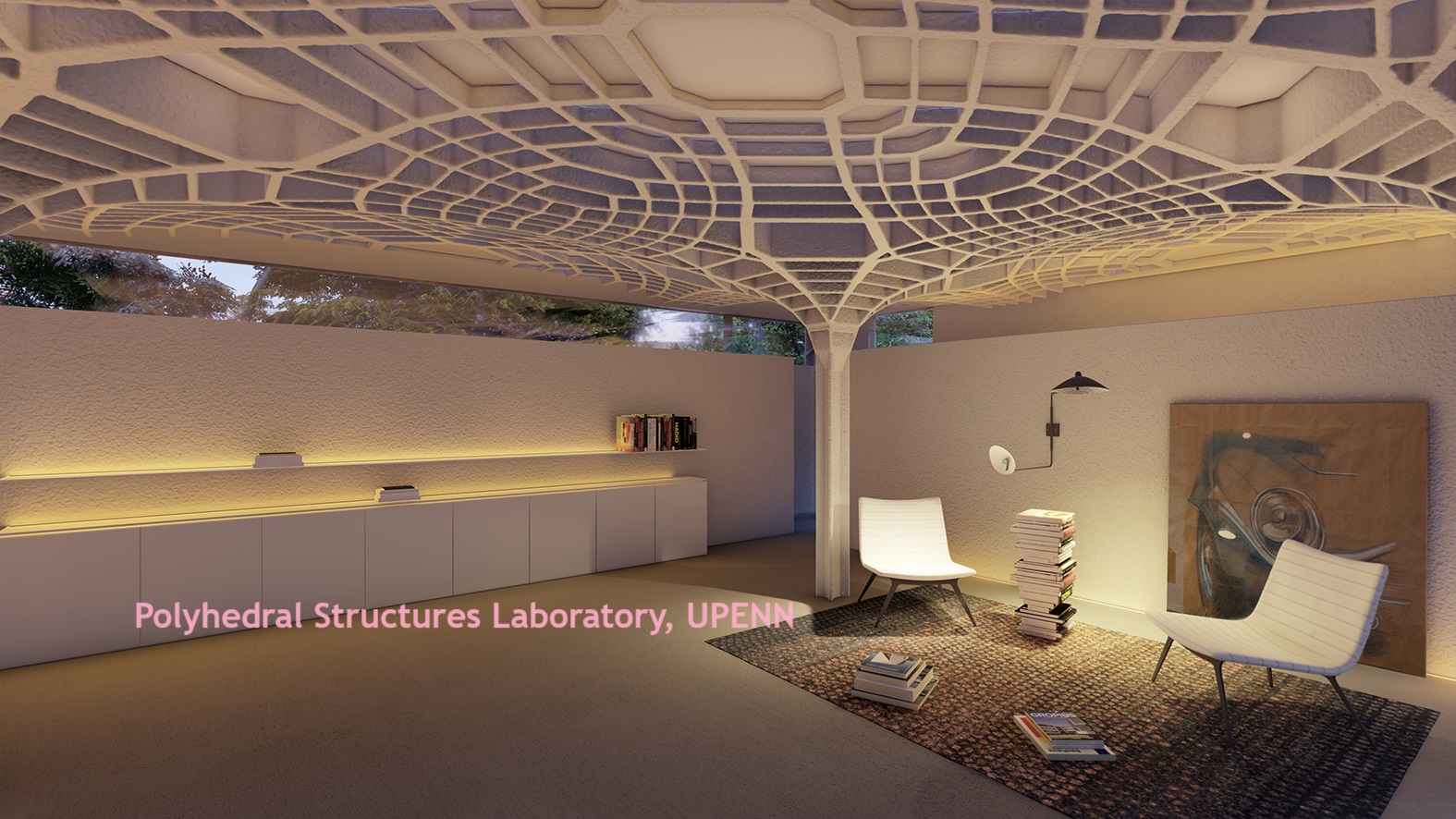The utilization of machine learning has had a significant impact on various industries, including interior design and architecture. This fusion of machine learning and design has opened up new possibilities for the creation of aesthetically pleasing, practical, and inspiring spaces. From the implementation of predictive analytics and automated design to the provision of personalized recommendations, machine learning is revolutionizing the way we approach the design and decoration of our surroundings. In this article, we will explore the ways in which machine learning is contributing to the development of more beautiful spaces.
Data-Driven Design Machine learning algorithms have the ability to analyze vast quantities of data to extract insights that can inform the design process. Interior designers and architects can utilize these insights to make informed decisions based on data when creating spaces. For instance, by processing historical data on design trends, materials, and color palettes, machine learning algorithms can identify patterns and preferences, allowing designers to develop spaces that align with current styles.
In a research paper titled, “Building Interior Layout Design Based on Building Information Model and Deep Learning Technology: Taking the Interior Renewal Design of the Fifth Floor of the Procuratorate of Dong Xi Hu District” the authors Gewei Zheng, Ákos Hutter, and Zhenkai Huang of Faculty of Engineering and Information Technology, University of Pecs, Pécs, Hungary and School of Art & Design, Hubei University of Technology, Wuhan, China say, “ The combination of deep learning and interior design has broad prospects. Its appearance can not only simplify the complex and repetitive work of designers in the early stage of design but also generate design plans through neural network learning and achieve the automatic design.”
Machine learning models possess the capability to accurately predict trends and preferences. This is particularly valuable when designing spaces that are intended to remain relevant over time. For example, predictive analytics can assist in determining which design elements are more likely to maintain popularity in the long term, ensuring that spaces remain visually appealing and up to date for years to come. In an iterview to Elle Decor, London based architect Arthur Mamou-Mani says, “Usually when you’re an architect, you have an idea, you sketch, you go on [the CAD software] Rhino, you start modeling it, you tweak it, then you have to render it,” he explains. “[With generative AI], you have an idea, you start typing some words, and boom, you get the final renderings. The immediacy of the results versus the idea has never been that quick, which means you can iterate extremely fast.”
Automated Design Machine learning is advancing the concept of automated design, where algorithms take on repetitive or time-consuming design tasks. This not only expedites the design process but also enables designers to focus on the creative and artistic aspects of their work. For instance, machine learning algorithms can generate floor plans, layout options, and even offer suggestions for furniture arrangements based on user preferences and room dimensions. One of the most thrilling applications of machine learning in interior design is the ability to provide personalized recommendations. By analyzing user preferences and behavior, machine learning algorithms can suggest furniture, colors, and decor that align with an individual’s unique style. These personalized recommendations enhance the overall design process, ensuring that spaces are not only visually appealing but also tailored to the individual’s taste and requirements.
Efficient use of space is a critical aspect of interior design. Machine learning algorithms can optimize space by analyzing the movement of people within a room, determining the optimal placement of furniture, and suggesting design modifications to maximize functionality. This not only enhances the aesthetic appeal of spaces but also improves their usability. In a research paper titled, “Interior Space Design and Automatic Layout Method Based on CNN” by author WeiPing Wu1and Yanshun Feng, the author proposes, “an automatic layout method for spatial area design based on convolutional neural networks (CNN). CNN methods are a fast and efficient method. By mimicking the designer’s design process, it proposes a two-stage algorithm that defines the room first and the wall later, and the algorithm also provides a large-scale dataset called RPLAN that contains more than 80,000 interior layout plans from real residential buildings. Starting from the prediction living room, the automatic layout of the indoor areas is completed by iteration. A large number of empirical results show that the interior area design effect of this method is comparable to the interior design floor plan of professional designers.”
Machine learning can play a significant role in the creation of sustainable and energy-efficient spaces. By analyzing data on energy consumption and environmental conditions, algorithms can optimize lighting, heating, and cooling systems to minimize energy waste. This not only contributes to a more environmentally friendly approach but also enhances the visual appeal of spaces through the implementation of innovative lighting solutions and intelligent climate control. Virtual Reality and
The combination of machine learning with virtual reality (VR) and augmented reality (AR) technologies allows designers and clients to experience and interact with spaces in a virtual environment. This immersive experience facilitates better decision-making and visualization of the final design, resulting in the creation of more visually appealing and well-conceived spaces.
Machine learning is a powerful tool that is transforming the field of interior design and architecture. By harnessing the capabilities of data analysis, predictive analytics, automation, and personalization, designers and architects can create spaces that are not only visually appealing but also functional, catering to the unique needs and preferences of their clients. The integration of creativity and technology is shaping the future of design, leading to the development of spaces that are aesthetically pleasing, efficient, sustainable, and tailored to the individual tastes of those who occupy them. As machine learning continues to advance, we can anticipate even more exciting advancements in the realm of beautiful spaces.


